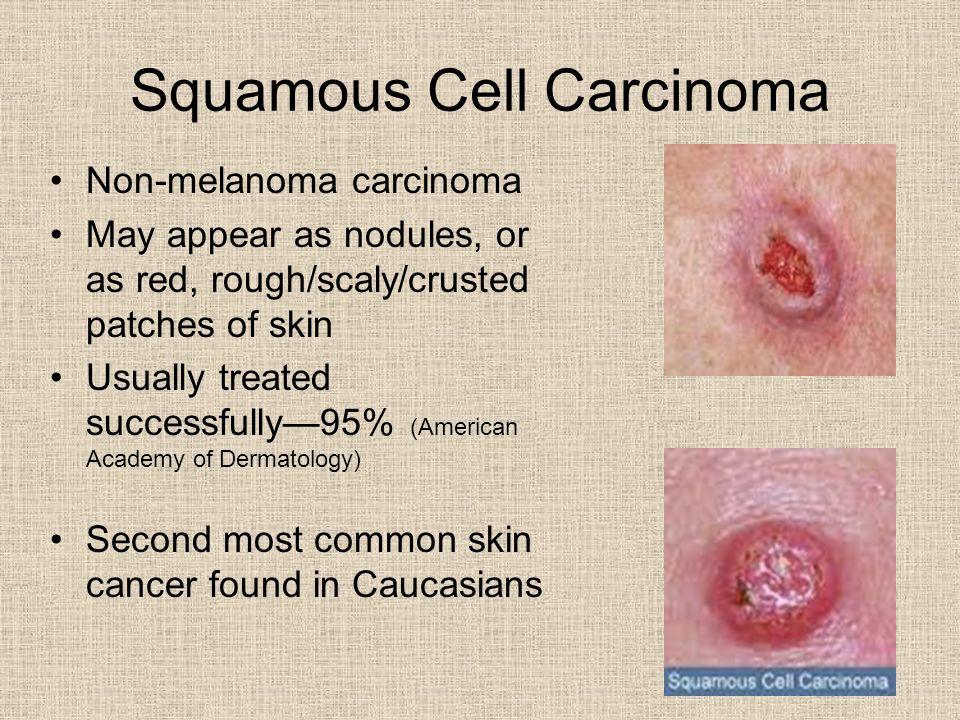|
|
Looking for ways to even out your skin tone? Meet Nicole, one of our fabulous Certified Medical Assistants! Below is her skin care regimen to lighten her dark spots.

Both my morning and night routine are simple, because consistency is key to getting good results. In the morning, I cleanse with our Antioxidant Cleanser to combat any oils or bacteria that may have built up in the night. Then I apply my Elta Clear SPF 46 because it is both a sunscreen and a moisturizer. Wearing sunscreen every day is an important step to both preventing and treating hyper-pigmentation as sun exposure worsens the unevenness of my skin tone.
At night I alternate cleansing with the Obagi Foaming Cleanser and MBD Brightening Polish. The Obagi Foaming Cleanser provides a deep clean that even helps remove makeup! The MBD Brightening Polish exfoliates by removing dry, dead skin cells, excess oils and excess residue. It also provides antioxidant protective coverage- enhancing my skin tone and texture. I then apply Obaji Clear-Step 3 which is a prescription strength skin bleaching and corrector cream. Last I apply the MBD Restorative Cream to keep my skin moisturized and soft.
|
Featured Products:
Exfoliating Cleanser: $23
Obagi foaming cleanser: $46
Brightening Polish: $46
Obagi Step 3: $105
Elta Clear: $35
Restorative Moisturizer: $80
|
Parabens are frequently used preservatives in skin care products so that they do not become contaminated with bacteria and therefore have a longer shelf life. Parabens were commercialized in the 1950s and possess antifungal and antibacterial properties. About 90% of drug store items contain parabens as they are found in just about everything from deodorants to toothpaste to shampoo to hair conditioner to cosmetics to body lotion.
There has been recent concern about the safety of parabens as they are the most frequently used preservative in skin care products today. Most formulations contain a cocktail of 3 parabens for preservation, such as propylparaben, butylparaben,and ethylparaben.
Safety concerns over parabens arose because they mimic estrogen by binding to estrogen receptors. Parabens have been considered as a possible cause of early puberty in females, lower fertility in males, and breast cancer. Breast cancer tumors have been found to contain 20ng/ml of paraben, however butylparaben is about 10,000 times weaker than estrogen. Estrogenic paraben effects were seen in animals at doses 25,000 times higher than preservative levels. Nevertheless, many countries are concerned. In April 2015, the European Union limited the concentration of propylparaben and butylparaben from 0.4% to 0.14% and banned the use of these ingredients diaper products. At the present time, the US FDA has determined that paraben preservatives are safe at currently used levels.
Paraben facts and fallacies
On its Parabens Safety in Cosmetics page, Proctor & Gamble says: “The Cosmetic Ingredient Review, published in the International Journal of Toxicology in 2008, consolidated over 65 submitted safety studies and more than 200 published studies and previous reviews, including extensive discussion of paraben reproductive safety. This review noted that a woman's daily cosmetic regimen would result in paraben exposures 840 times less than an amount that caused no adverse reproductive effects in the most conclusive safety studies. This report further confirmed the safe use of parabens in cosmetics and noted that any parabens absorbed from use would be metabolized, easily eliminated from the body and would not accumulate.”
The FDA’s take,: “The CIR reviewed the safety of methylparaben, propylparaben, and butylparaben in 1984 and concluded they were safe for use in cosmetic products at levels up to 25 percent. Typically parabens are used at levels ranging from 0.01 to 0.3 percent.”
However, the Environmental Working Group posts in an article about parabens: “The Environmental Protection Agency links methyl parabens, in particular, to metabolic, developmental, hormonal, and neurological disorders, as well as various cancers.”
So, given this conflicting information, what should you do? As parabens are actually a natural ingredient and found in many everyday things, we recommend limiting exposure when possible- particularly in lotions that are applied liberally over large parts of the body. It is probably fine in cleansers as those have short contact times with the skin and are promptly washed off. It is also okay in topical products, including makeup, applied to small areas of the body. Parabens will be clearly marked on the product label making it easy to know which products contain them. Keep in mind that the lower the ingredient is on the list, the smaller the percentage.
|
The Diagnosis Of Basal Cell Carcinoma and Squamous Cell Carcinoma Both Increased Significantly Between 2000 And 2010
Incidence of the two most common types of skin cancer is soaring, according to a new report from the Mayo Clinic.
Between 2000 and 2010, diagnoses of basal cell carcinoma in the clinic's sample increased by 145 percent, while diagnoses of cutaneous squamous cell carcinoma shot up by 263 percent.
Numbers rose for all ages, with disproportionate increases in women -- though men are still more likely to have both forms of cancer.
While basal cell and squamous cell carcinoma aren't as deadly as melanoma, which is more rare, roughly 2,000 Americans die each year from the cancers -- a number that's likely to rise if diagnoses keep climbing. And treatments for these cancers can leave scars, so it's always better to catch them early.
What to look for? Any pink, rough, irritated or skin-colored growth that is new should be evaluated by a dermatologist. These spots often look like a pimple or blemish that bleeds or won't heal.
The best protection against any form of skin cancer is staying out of the sun, avoiding tanning beds and layering on sunscreen -- even if you're not spending the day at the beach.
 
|
|








